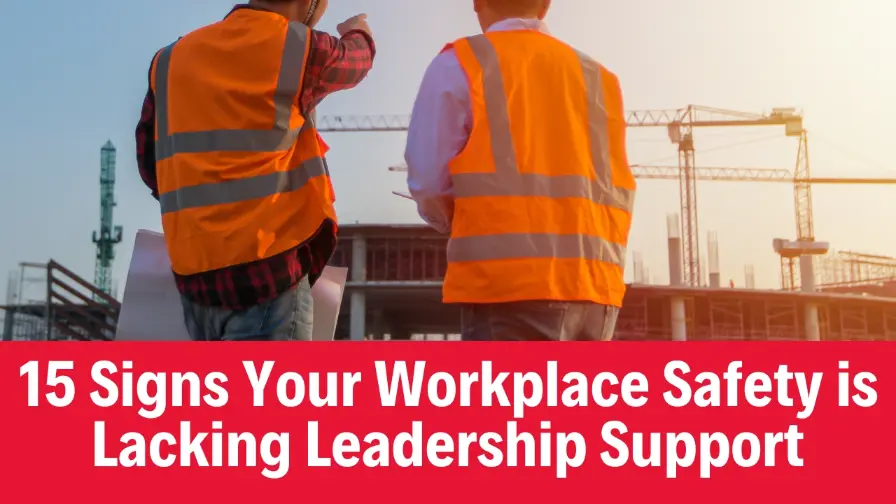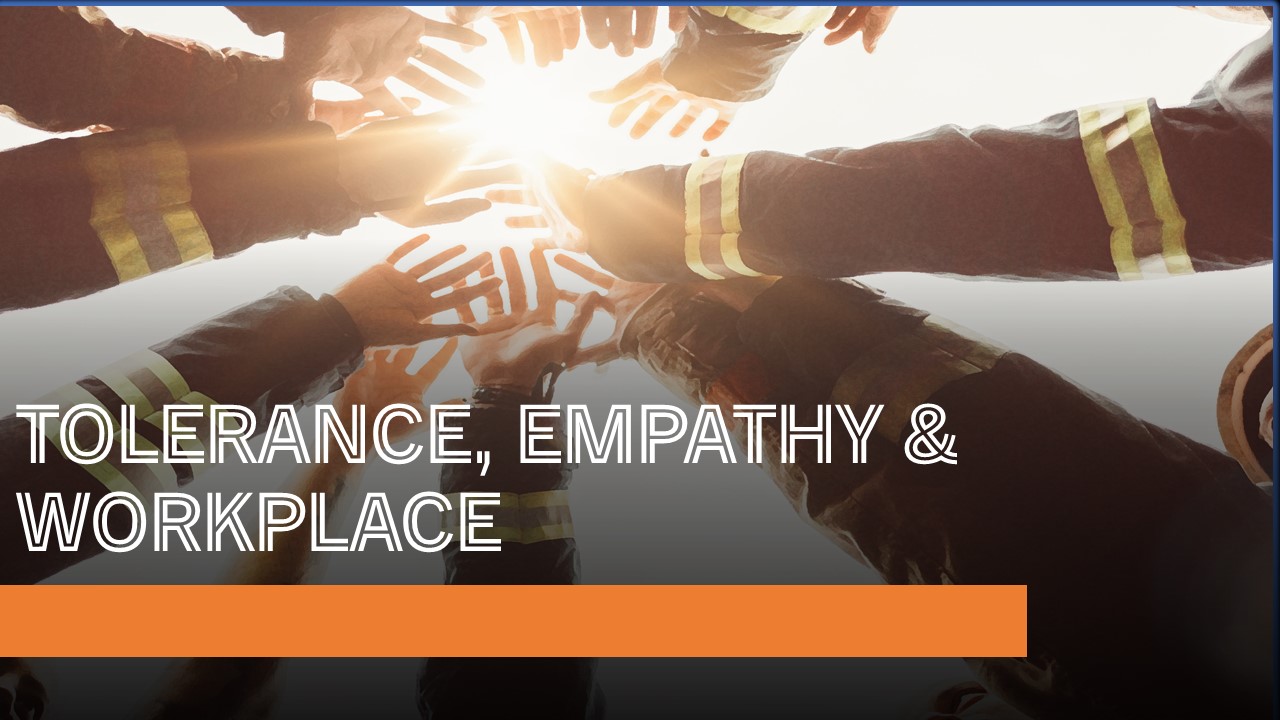An effective HSE Audit steps are crucial for evaluating an organization’s adherence to regulations, identifying potential risks and enhancing overall safety performance. But how do you conduct an effective HSE audit that yields valuable insights and drives meaningful improvements?
Worry not my fellow safety champions; this blog post will be your roadmap to success and provide an overview of the essential steps of HSE Audits.
1. Effective HSE Audit Steps: The Step-by-Step Process:
1.1 Planning and Scoping:
1.1.1 Define the Scope and Objectives:
Clearly identify what you’re auditing, whether it’s a specific department, process or the entire organization. Set SMART (Specific, Measurable, Achievable, Reliable & Time bound) objectives for the audit, ensuring they are Specific, Measurable, Achievable, Relevant, and Time-bound.
1.1.2 Assemble/Select the Audit Team:
Choose qualified and experienced auditors with relevant expertise in the areas being audited. Consider internal and external auditors for a balanced perspective.
1.1.3 Review Documents:
If possible and available, scrutinize relevant policies, procedures, risk assessments, and incident reports to understand the existing systems.
1.1.4 Develop an Audit Checklist:
Create a comprehensive checklist tailored to the scope, covering all relevant HSE elements.
1.1.5 Develop an Audit Plan:
Outline the audit schedule, methodology, data collection methods (interviews, document reviews, observations), and reporting format.
1.1.6 Schedule and Communicate:
Inform stakeholders about the audit schedule and objectives to ensure cooperation.
1.2 Data Gathering and Analysis:
1.2.1 Opening Meeting:
Introduce the audit team, explain the process, address concerns (if any), and set expectations for cooperation.
1.2.2 Conduct Interviews:
Talk to employees at all levels to understand their safety concerns, experiences, and knowledge of HSE procedures.
1.2.3 Review Documents:
Analyse relevant policies, procedures, risk assessments, and safety records to assess compliance and effectiveness.
1.2.4 Perform site observations:
Walk through the workplace, identify potential hazards and evaluate the implementation of safety controls. Assess adherence to legal requirements and internal HSE standards.
1.3 Findings and Reporting:
1.3.1 Exit Meeting or Closing Meeting:
Present preliminary findings and recommendations to management and key stakeholders. Encourage discussion and clarify any questions.
1.3.2 Analyze the Collected Data:
Identify non-conformities, gaps, and areas for improvement.
1.3.3 Develop Clear and Actionable Recommendations:
Provide specific suggestions for addressing identified issues, prioritizing critical findings.
1.3.4 Prioritize Recommendations:
Categorize recommendations based on severity and urgency to guide implementation.
1.3.5 Prepare an Audit Report:
Prepare a comprehensive report summarizing observations, non-conformities, and recommendations for corrective actions. Include evidence and timelines for implementation.
1.4 Follow-up and Improvement:
1.4.1 Develop an Action Plan:
Collaborate with stakeholders to develop an action plan for implementing the recommendations.
1.4.2 Monitor Progress:
Regularly track the progress of corrective actions and adjust the plan as needed.
1.4.3 Continuous Improvement:
Use the audit findings as a springboard for ongoing improvement of the HSE management system.
2. Essential or Key Components of an HSE Audit:
Here are some key components to consider for a successful audit:
2.1 Independence:
The audit team should be free from conflicts of interest and maintain objectivity.
2.2 Competence:
Auditors should possess the necessary expertise and qualifications relevant to the audit scope.
2.3 Thoroughness:
The audit should be comprehensive, covering all relevant areas and leaving no stone unturned.
2.4 Clarity:
Findings and recommendations should be clearly communicated and easy to understand.
2.5 Actionable:
Recommendations should be specific, measurable, achievable, relevant, and time-bound (SMART).
Remember: An HSE audit is not a blame game or finding the faults of individuals/team/organisation. It’s a collaborative process aimed at identifying areas for improvement and fostering a culture of safety and environmental responsibility.
By following the above steps and incorporating the essential components, you can conduct audits that make a real difference, protecting people, the environment, and your organization’s bottom line.
3. Bonus Tips for Audit Success:
- Engage stakeholders: Encourage open communication and feedback throughout the audit process.
- Promote Open Communication: Encourage employees to share concerns and suggestions openly during the audit process.
- Be flexible: Adapt your approach based on the specific needs and challenges of the organization being audited.
- Focus on solutions: Don’t just point out problems; offer practical recommendations for improvement.
- Celebrate successes: Recognize and reward positive HSE practices to motivate continuous improvement.
- Utilize Technology: Leverage audit management software to streamline data collection, analysis, and reporting.
- Stay Updated: Keep yourself informed about the latest HSE regulations and best practices.
Disclaimer: This blog post is intended for informational purposes only and should not be construed as professional advice. Always consult with qualified HSE professionals to ensure your practices meet the relevant regulations and standards.
For future updates, suggestion and discussion, please connect with us on Facebook, Twitter & Linkedin.






